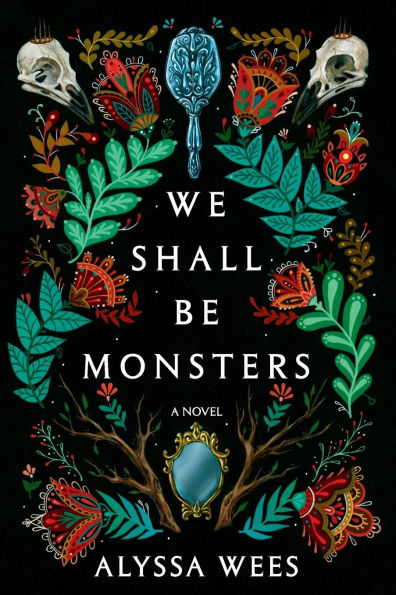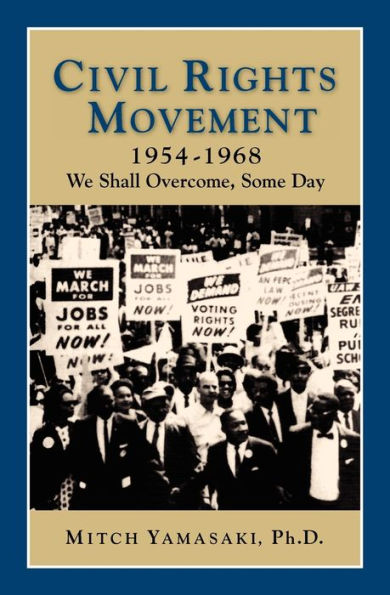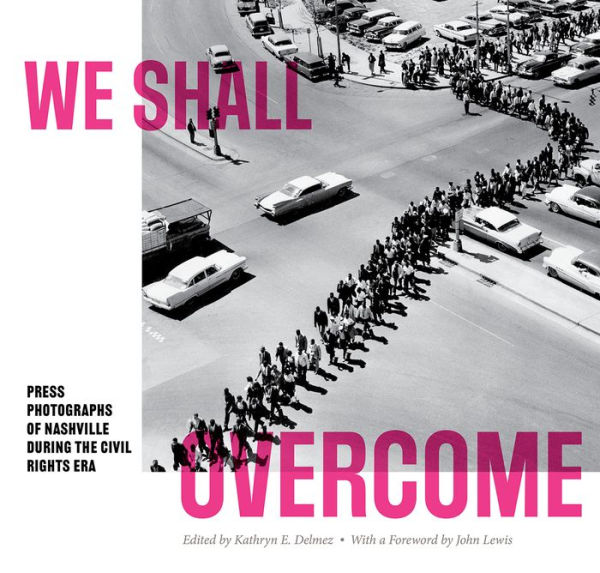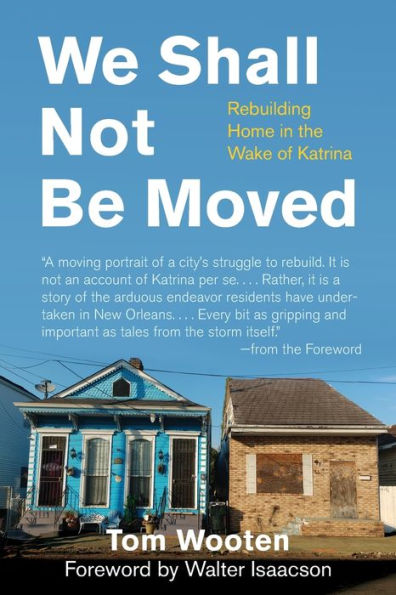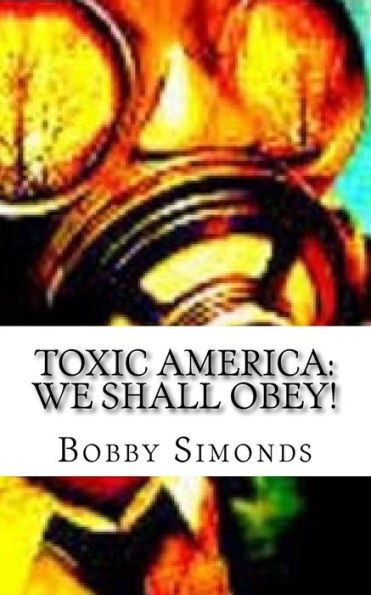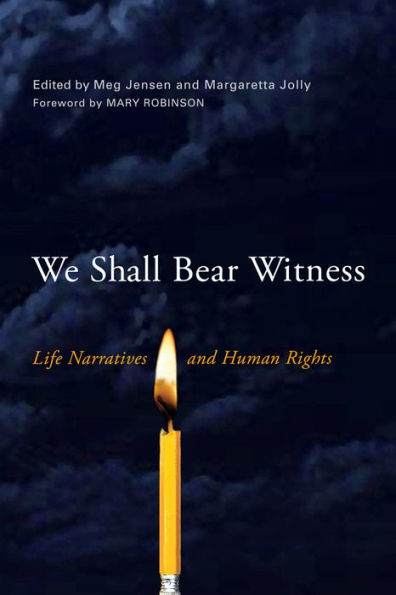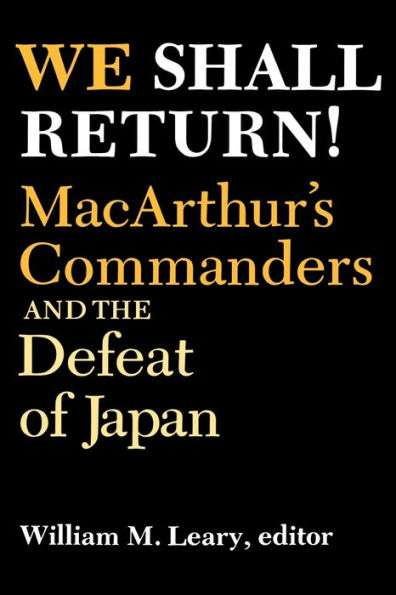Home
We Shall Overcome: The Seeger Sessions
Barnes and Noble
Loading Inventory...
We Shall Overcome: The Seeger Sessions
Current price: $13.99
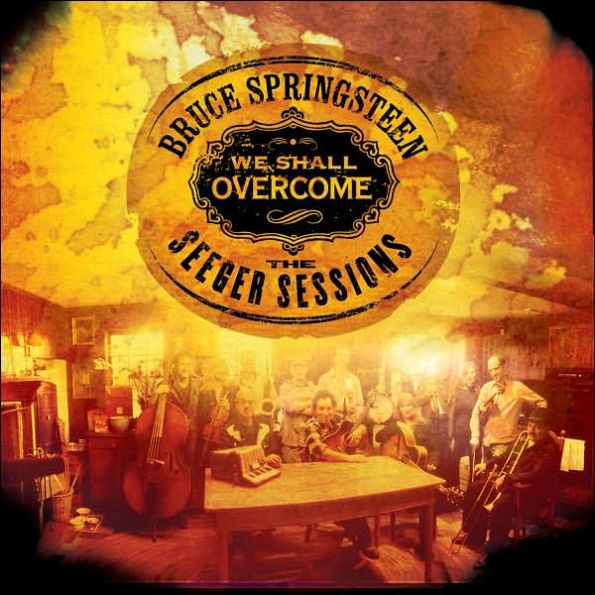
Barnes and Noble
We Shall Overcome: The Seeger Sessions
Current price: $13.99
Loading Inventory...
Size: CD
*Product information may vary - to confirm product availability, pricing, shipping and return information please contact Barnes and Noble
We Shall Overcome: The Seeger Sessions
is an unusual
Bruce Springsteen
album in a number of ways. First, it's the first covers album
Springsteen
has recorded in his three-decade career, which is a noteworthy event in itself, but that's not the only thing different about
We Shall Overcome
.
, a notorious perfectionist who has been known to tweak and rework albums numerous times before releasing them (or scrapping them, as the case may be), pulled together the album quickly, putting aside a planned second volume of the rarities collection
Tracks
after discovering a set of recordings he made in 1997 for a
Pete Seeger
tribute album called
Where Have All the Flowers Gone: The Songs of Pete Seeger
. Enthralled by this handful of tracks -- one of which,
"We Shall Overcome,"
appeared on the tribute --
decided to cut a whole album of
folk
tunes popularized by
. He rounded up 13 musicians, including some who played on those 1997 sessions, and did two one-day sessions in late 2005 and early 2006, swiftly releasing the resulting album that April. As
Bruce
stresses in his introductory liner notes, these were live recordings, done with no rehearsals, and
does indeed have an unmistakably loose feel, and not just because you can hear the Boss call out chord changes in a handful of songs. This music is rowdy and rambling, as the group barrels head-first into songs that they're playing together as a band for the first time, and it's hard not to get swept up along in their excitement.
has made plenty of great records, but
is unique in its sheer kinetic energy; he has never made a record that feels as alive as this.
Not only does
feel different than
's work; it also feels different than
Seeger
's music. Most of
's recordings were spare and simple, featuring just him and his banjo; his most elaborately produced records were with
the Weavers
, whose recordings of the '50s did feature orchestration, yet that's a far cry from the big
band that
uses here.
's combo for the
sessions has a careening, ramshackle feel that's equal parts early-'60s hootenanny and
Bob Dylan
and
the Band
's
Americana
; at times, its ragged human qualities also recall latter-day
Tom Waits
, although the music here is nowhere near as self-consciously arty as that.
has truly used
's music as inspiration, using it as the starting point to take him someplace that is uniquely his own in sheer musical terms. Given that, it should be no great surprise that
also picks through
's songbook in a similar fashion, leaving many (if not most) of
Pete
's well-known songs behind in favor of a selection of
standards
learned through
's recordings. (Author/critic
Dave Marsh
researched the origins of each song here; there are brief introductions within the album's liner notes and thorough histories presented on the official
site.) While the songs featured here adhere to no one specific theme -- there are
work songs
,
spirituals
, narratives, and protest songs -- it is possible to see this collection of tunes as
's subtle commentary on the political state of America, especially given
's reputation as an outspoken political activist, but this record should hardly be judged as merely an old-fashioned
record.
is many things, but a creaky relic is not one of them.
has drawn from
's songbook -- which he assembled in the '40s, '50s, and '60s from
traditional folk
songs -- and turned it into something fresh and contemporary. And even if you have no patience for (or interest in) the history of the songs, or their possible meanings, it's easy to enjoy
on pure musical terms: it's a rambunctious, freewheeling, positively joyous record unlike any other in
's admittedly rich catalog.
[
was released in the U.S. as a DualDisc, containing a CD on one side and a DVD on the other. The CD side merely contains the album. The DVD contains the album in PCM stereo (there's no 5.1 mix, although given the
big-band
nature of this session, this album would have sounded great in Surround Sound), along with two bonus tracks, the rollicking
"Buffalo Gals"
and the moody, soulful
"How Can I Keep from Singing."
Both bonus cuts are excellent and should have been on the album proper. There is also a 30-minute video program that chronicles some of the recording of the album, but it's not a documentary: it's more of a performance film with commentary, and while it could have been longer or had more commentary, it's still quite enjoyable. Finally,
also was released separately as a vinyl LP.] ~ Stephen Thomas Erlewine
is an unusual
Bruce Springsteen
album in a number of ways. First, it's the first covers album
Springsteen
has recorded in his three-decade career, which is a noteworthy event in itself, but that's not the only thing different about
We Shall Overcome
.
, a notorious perfectionist who has been known to tweak and rework albums numerous times before releasing them (or scrapping them, as the case may be), pulled together the album quickly, putting aside a planned second volume of the rarities collection
Tracks
after discovering a set of recordings he made in 1997 for a
Pete Seeger
tribute album called
Where Have All the Flowers Gone: The Songs of Pete Seeger
. Enthralled by this handful of tracks -- one of which,
"We Shall Overcome,"
appeared on the tribute --
decided to cut a whole album of
folk
tunes popularized by
. He rounded up 13 musicians, including some who played on those 1997 sessions, and did two one-day sessions in late 2005 and early 2006, swiftly releasing the resulting album that April. As
Bruce
stresses in his introductory liner notes, these were live recordings, done with no rehearsals, and
does indeed have an unmistakably loose feel, and not just because you can hear the Boss call out chord changes in a handful of songs. This music is rowdy and rambling, as the group barrels head-first into songs that they're playing together as a band for the first time, and it's hard not to get swept up along in their excitement.
has made plenty of great records, but
is unique in its sheer kinetic energy; he has never made a record that feels as alive as this.
Not only does
feel different than
's work; it also feels different than
Seeger
's music. Most of
's recordings were spare and simple, featuring just him and his banjo; his most elaborately produced records were with
the Weavers
, whose recordings of the '50s did feature orchestration, yet that's a far cry from the big
band that
uses here.
's combo for the
sessions has a careening, ramshackle feel that's equal parts early-'60s hootenanny and
Bob Dylan
and
the Band
's
Americana
; at times, its ragged human qualities also recall latter-day
Tom Waits
, although the music here is nowhere near as self-consciously arty as that.
has truly used
's music as inspiration, using it as the starting point to take him someplace that is uniquely his own in sheer musical terms. Given that, it should be no great surprise that
also picks through
's songbook in a similar fashion, leaving many (if not most) of
Pete
's well-known songs behind in favor of a selection of
standards
learned through
's recordings. (Author/critic
Dave Marsh
researched the origins of each song here; there are brief introductions within the album's liner notes and thorough histories presented on the official
site.) While the songs featured here adhere to no one specific theme -- there are
work songs
,
spirituals
, narratives, and protest songs -- it is possible to see this collection of tunes as
's subtle commentary on the political state of America, especially given
's reputation as an outspoken political activist, but this record should hardly be judged as merely an old-fashioned
record.
is many things, but a creaky relic is not one of them.
has drawn from
's songbook -- which he assembled in the '40s, '50s, and '60s from
traditional folk
songs -- and turned it into something fresh and contemporary. And even if you have no patience for (or interest in) the history of the songs, or their possible meanings, it's easy to enjoy
on pure musical terms: it's a rambunctious, freewheeling, positively joyous record unlike any other in
's admittedly rich catalog.
[
was released in the U.S. as a DualDisc, containing a CD on one side and a DVD on the other. The CD side merely contains the album. The DVD contains the album in PCM stereo (there's no 5.1 mix, although given the
big-band
nature of this session, this album would have sounded great in Surround Sound), along with two bonus tracks, the rollicking
"Buffalo Gals"
and the moody, soulful
"How Can I Keep from Singing."
Both bonus cuts are excellent and should have been on the album proper. There is also a 30-minute video program that chronicles some of the recording of the album, but it's not a documentary: it's more of a performance film with commentary, and while it could have been longer or had more commentary, it's still quite enjoyable. Finally,
also was released separately as a vinyl LP.] ~ Stephen Thomas Erlewine
We Shall Overcome: The Seeger Sessions
is an unusual
Bruce Springsteen
album in a number of ways. First, it's the first covers album
Springsteen
has recorded in his three-decade career, which is a noteworthy event in itself, but that's not the only thing different about
We Shall Overcome
.
, a notorious perfectionist who has been known to tweak and rework albums numerous times before releasing them (or scrapping them, as the case may be), pulled together the album quickly, putting aside a planned second volume of the rarities collection
Tracks
after discovering a set of recordings he made in 1997 for a
Pete Seeger
tribute album called
Where Have All the Flowers Gone: The Songs of Pete Seeger
. Enthralled by this handful of tracks -- one of which,
"We Shall Overcome,"
appeared on the tribute --
decided to cut a whole album of
folk
tunes popularized by
. He rounded up 13 musicians, including some who played on those 1997 sessions, and did two one-day sessions in late 2005 and early 2006, swiftly releasing the resulting album that April. As
Bruce
stresses in his introductory liner notes, these were live recordings, done with no rehearsals, and
does indeed have an unmistakably loose feel, and not just because you can hear the Boss call out chord changes in a handful of songs. This music is rowdy and rambling, as the group barrels head-first into songs that they're playing together as a band for the first time, and it's hard not to get swept up along in their excitement.
has made plenty of great records, but
is unique in its sheer kinetic energy; he has never made a record that feels as alive as this.
Not only does
feel different than
's work; it also feels different than
Seeger
's music. Most of
's recordings were spare and simple, featuring just him and his banjo; his most elaborately produced records were with
the Weavers
, whose recordings of the '50s did feature orchestration, yet that's a far cry from the big
band that
uses here.
's combo for the
sessions has a careening, ramshackle feel that's equal parts early-'60s hootenanny and
Bob Dylan
and
the Band
's
Americana
; at times, its ragged human qualities also recall latter-day
Tom Waits
, although the music here is nowhere near as self-consciously arty as that.
has truly used
's music as inspiration, using it as the starting point to take him someplace that is uniquely his own in sheer musical terms. Given that, it should be no great surprise that
also picks through
's songbook in a similar fashion, leaving many (if not most) of
Pete
's well-known songs behind in favor of a selection of
standards
learned through
's recordings. (Author/critic
Dave Marsh
researched the origins of each song here; there are brief introductions within the album's liner notes and thorough histories presented on the official
site.) While the songs featured here adhere to no one specific theme -- there are
work songs
,
spirituals
, narratives, and protest songs -- it is possible to see this collection of tunes as
's subtle commentary on the political state of America, especially given
's reputation as an outspoken political activist, but this record should hardly be judged as merely an old-fashioned
record.
is many things, but a creaky relic is not one of them.
has drawn from
's songbook -- which he assembled in the '40s, '50s, and '60s from
traditional folk
songs -- and turned it into something fresh and contemporary. And even if you have no patience for (or interest in) the history of the songs, or their possible meanings, it's easy to enjoy
on pure musical terms: it's a rambunctious, freewheeling, positively joyous record unlike any other in
's admittedly rich catalog.
[
was released in the U.S. as a DualDisc, containing a CD on one side and a DVD on the other. The CD side merely contains the album. The DVD contains the album in PCM stereo (there's no 5.1 mix, although given the
big-band
nature of this session, this album would have sounded great in Surround Sound), along with two bonus tracks, the rollicking
"Buffalo Gals"
and the moody, soulful
"How Can I Keep from Singing."
Both bonus cuts are excellent and should have been on the album proper. There is also a 30-minute video program that chronicles some of the recording of the album, but it's not a documentary: it's more of a performance film with commentary, and while it could have been longer or had more commentary, it's still quite enjoyable. Finally,
also was released separately as a vinyl LP.] ~ Stephen Thomas Erlewine
is an unusual
Bruce Springsteen
album in a number of ways. First, it's the first covers album
Springsteen
has recorded in his three-decade career, which is a noteworthy event in itself, but that's not the only thing different about
We Shall Overcome
.
, a notorious perfectionist who has been known to tweak and rework albums numerous times before releasing them (or scrapping them, as the case may be), pulled together the album quickly, putting aside a planned second volume of the rarities collection
Tracks
after discovering a set of recordings he made in 1997 for a
Pete Seeger
tribute album called
Where Have All the Flowers Gone: The Songs of Pete Seeger
. Enthralled by this handful of tracks -- one of which,
"We Shall Overcome,"
appeared on the tribute --
decided to cut a whole album of
folk
tunes popularized by
. He rounded up 13 musicians, including some who played on those 1997 sessions, and did two one-day sessions in late 2005 and early 2006, swiftly releasing the resulting album that April. As
Bruce
stresses in his introductory liner notes, these were live recordings, done with no rehearsals, and
does indeed have an unmistakably loose feel, and not just because you can hear the Boss call out chord changes in a handful of songs. This music is rowdy and rambling, as the group barrels head-first into songs that they're playing together as a band for the first time, and it's hard not to get swept up along in their excitement.
has made plenty of great records, but
is unique in its sheer kinetic energy; he has never made a record that feels as alive as this.
Not only does
feel different than
's work; it also feels different than
Seeger
's music. Most of
's recordings were spare and simple, featuring just him and his banjo; his most elaborately produced records were with
the Weavers
, whose recordings of the '50s did feature orchestration, yet that's a far cry from the big
band that
uses here.
's combo for the
sessions has a careening, ramshackle feel that's equal parts early-'60s hootenanny and
Bob Dylan
and
the Band
's
Americana
; at times, its ragged human qualities also recall latter-day
Tom Waits
, although the music here is nowhere near as self-consciously arty as that.
has truly used
's music as inspiration, using it as the starting point to take him someplace that is uniquely his own in sheer musical terms. Given that, it should be no great surprise that
also picks through
's songbook in a similar fashion, leaving many (if not most) of
Pete
's well-known songs behind in favor of a selection of
standards
learned through
's recordings. (Author/critic
Dave Marsh
researched the origins of each song here; there are brief introductions within the album's liner notes and thorough histories presented on the official
site.) While the songs featured here adhere to no one specific theme -- there are
work songs
,
spirituals
, narratives, and protest songs -- it is possible to see this collection of tunes as
's subtle commentary on the political state of America, especially given
's reputation as an outspoken political activist, but this record should hardly be judged as merely an old-fashioned
record.
is many things, but a creaky relic is not one of them.
has drawn from
's songbook -- which he assembled in the '40s, '50s, and '60s from
traditional folk
songs -- and turned it into something fresh and contemporary. And even if you have no patience for (or interest in) the history of the songs, or their possible meanings, it's easy to enjoy
on pure musical terms: it's a rambunctious, freewheeling, positively joyous record unlike any other in
's admittedly rich catalog.
[
was released in the U.S. as a DualDisc, containing a CD on one side and a DVD on the other. The CD side merely contains the album. The DVD contains the album in PCM stereo (there's no 5.1 mix, although given the
big-band
nature of this session, this album would have sounded great in Surround Sound), along with two bonus tracks, the rollicking
"Buffalo Gals"
and the moody, soulful
"How Can I Keep from Singing."
Both bonus cuts are excellent and should have been on the album proper. There is also a 30-minute video program that chronicles some of the recording of the album, but it's not a documentary: it's more of a performance film with commentary, and while it could have been longer or had more commentary, it's still quite enjoyable. Finally,
also was released separately as a vinyl LP.] ~ Stephen Thomas Erlewine

